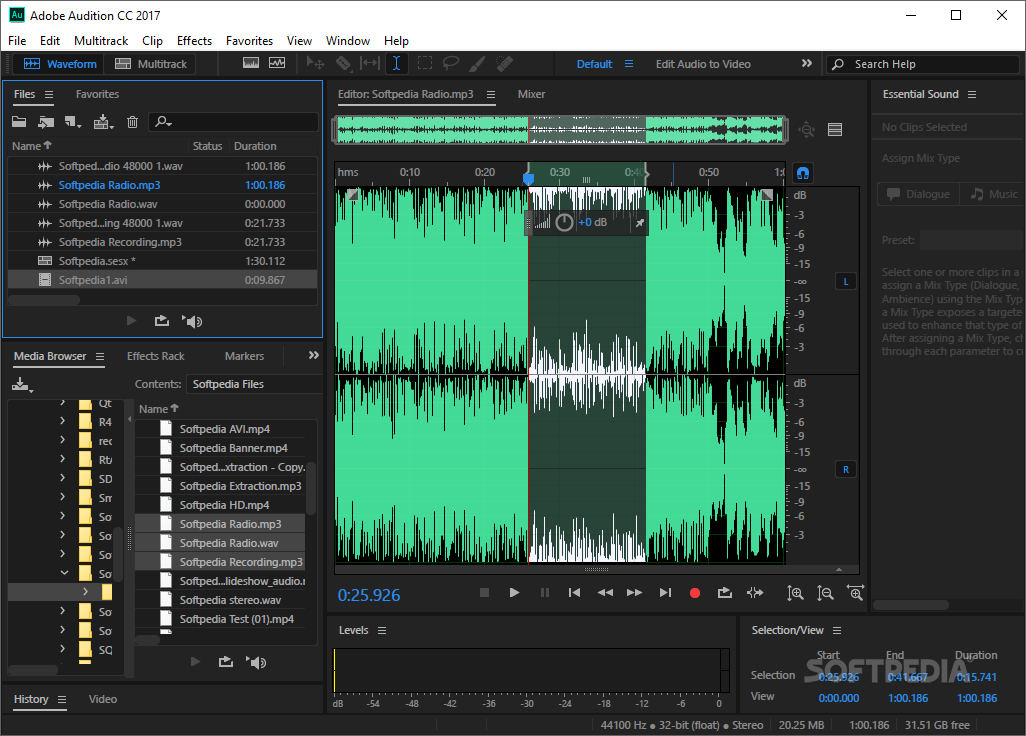


This is necessary for tidying up files, etc and trimming them to length to make distribution copies. The Waveform editor is what's known as 'destructive' - so if you change anything about a waveform and save that change, then that's it - you can't go back.

Why are there two views you can record in, you might be wondering? It's not really about recording, as such. So if anything goes wrong, you should still be able to rescue it and play it up to that point. You have to name the file before you start, and the recording is made directly to that file. Recording in Multi-track view is different though. Yes it's sort-of a wave file up to that point, but not a particularly safe one, as it only exists as a temp file that you can't open directly. In Waveform recording, everything is written to a temp file, and not saved in a permanent form until you've stopped recording and actually done the save. The difference between Multi-track recording and Waveform recording is significant. That's not the same as the Waveform editor! 'Wave' as a file description and 'Wave' as in waveform don't mean the same thing. Wave files are the native uncompressed file format that Audition records in, and the format in which you should be saving files whilst you're still working on them. is there any downside to doing it this way?Īh, I see where the confusion is. From reading this thread it sounds like I should always use multitrack. When I need to add a music bed I cut and paste into the multitrack. I was told to record in wave files because I could track edits And it would always come up even if the system shut down.


 0 kommentar(er)
0 kommentar(er)
